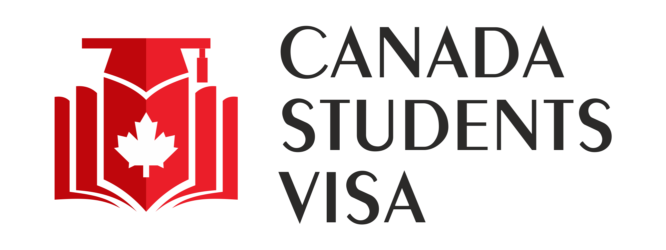Updates & News
Navigating the Evolving Landscape of Canadian Student Visas
Canada remains a top destination for international students, offering a world-class education, multicultural environment, and potential pathways to permanent residency. However, recent changes and ongoing updates require international students to stay informed to navigate the process effectively. Let’s delve into the latest key topics regarding Canadian student visas (as of June 14, 2024).
Background and Impact: In response to a significant rise in student visa applications, the Canadian government implemented a temporary two-year cap on new study permit approvals in January 2024. This cap limits the total number of new international student permits issued to approximately 360,000 for the year 2024. Provincial and territorial caps further distribute these permits, with some provinces potentially experiencing a more significant decrease in available spots.
While the cap doesn’t affect existing students or those with already approved permits, it necessitates a proactive approach for prospective students. Here’s how you can strategize for a successful application:
- Early Application: Research application deadlines and plan accordingly. Submit your application well in advance of your desired study start date to increase your chances of securing a spot within the quota.
- Explore Program Options: Research universities and programs across various provinces. Consider provinces with potentially less competitive caps, if applicable to your program of choice. A broader search expands your options and increases your likelihood of finding a suitable program within the available quotas.
- Prepare a Compelling Application: Ensure your application meets all eligibility requirements and showcases your academic qualifications, strong language skills, and genuine interest in studying in Canada. A well-prepared application strengthens your candidacy and makes a positive impression on visa officers.
- Update and Rationale: Effective January 1, 2024, international student visa applicants need to demonstrate financial resources sufficient to cover increased living expenses in Canada. This change reflects the rising cost of living in the country.
- New Minimum Amounts: The minimum amount of financial support you need to show now varies depending on your province or territory of study. For most provinces and territories, this amount is now CAD $20,635 (excluding tuition fees).
Ensure you have sufficient funds to cover your living expenses in addition to tuition fees when applying for your study permit. Here are some steps to take:
- Research Living Costs: Research average living costs in your chosen city, including housing, food, transportation, and other essential expenses. Factor in potential fluctuations and buffer your budget accordingly.
- Proof of Funds: Gather documentation that demonstrates your access to the required financial resources. This could include bank statements, scholarship awards, or proof of financial support from a sponsor.
- Budgeting Strategies: Develop a realistic budget that outlines your anticipated expenses and income sources (if applicable, such as part-time work). This will help you manage your finances effectively during your studies in Canada.
- Canada’s Immigration Strategy: Canada actively seeks skilled immigrants to contribute to its growing economy. Your international education and Canadian work experience position you well for permanent residency (PR) in Canada. Here are two key pathways to explore:
- Express Entry System: The Express Entry system is a points-based immigration system managed by the federal government. This system ranks candidates based on factors like work experience, education, language skills, and age. If you score high enough points, you’ll receive an Invitation to Apply (ITA) for permanent residency. Research the Express Entry system on the IRCC website and explore your eligibility.
- Provincial Nominee Programs (PNPs): Many Canadian provinces offer Provincial Nominee Programs (PNPs) tailored to the specific needs of their labor markets. These programs offer alternative pathways to permanent residency for international students with skills and work experience relevant to the province’s needs. Explore the websites of provinces you’re interested in to see if they offer PNP streams suitable for international graduates.
Planning for Your Future in Canada
While recent changes and temporary caps may add complexities to the Canadian student visa application process, thorough research, proactive planning, and a well-prepared application can increase your chances of success. Remember, a Canadian education equips you for a bright future. By understanding the latest requirements, strategizing your finances, and exploring post-graduation opportunities, you can navigate the evolving landscape and pave your way for a successful and rewarding academic journey in Canada.

